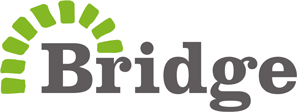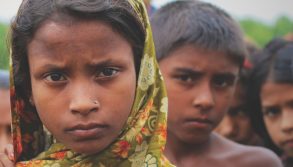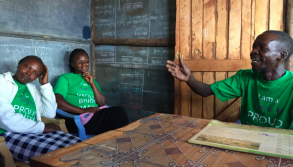What we learnt at #WISE17
17 November 2017
For three days every two years, the focus of the world’s education sector is on the tiny, yet beautiful Arabian peninsula of Qatar. This is where the who’s who of the global education community come together for the World Innovation Summit for Education (WISE), an unparalleled gathering of the best and the brightest from the public and private sector, journalism and academia in education. The theme of WISE 2017 was “Co-Exist, Co-Create: Learning to Live and Work Together.” Bridge returned on a range of panels as a long-term supporter of WISE and winner of a coveted WISE Award in 2015.
Beginning in 2009 as an initiative of the Qatar Foundation, WISE has quickly become a reference point and a place to feel the pulse of global education; a place to understand what’s happened, what’s happening on and what’s coming next. In its first eight influential years, it has done much to raise the profile of education in the developing world, which is currently in “crisis.”
Worldwide, 387 million primary school-aged children are out-of-school. The sense of urgency is heightened when we learn that this number is actually increasing. This being the ‘official’ statistic from UNESCO. Unofficially, up to 350 million people remain ‘invisible’ to statistics — equivalent to the population of the UK, Germany, France, Italy and Spain combined. The true figure of those out-of-school is therefore actually much higher than we can possibly know.
Further, six-out-of-ten children in school are what is known as ‘in school but not learning,’ as they fail to meet basic proficiencies in reading and maths. This represent an additional 600 million children. This problem is particularly acute in Sub-Saharan Africa, where 88% of children and adolescents will enter adulthood without a basic proficiency in reading.
Sadly, this means the combined figure of children out-of-school, or in school but not learning, is in excess of one billion. It’s critical therefore that the global education community both recognise and respond to this. How can we get these children not just in a school, but out of the other end with a good-quality education?
The answer may lie in the growing number of private providers and a range of non-state actors, both nonprofit and for profit. This was alluded to at WISE 2017 when it was shown increasing numbers of African parents are opting for an education from private providers, which now educate 21% of all African children. The lack of schools and the absence of learning in the public system when they do exist largely accounts for this.
The success of private providers is well documented, with a growing body of evidence as to the efficacy of their methods — which are often, more accountable.
Private providers have an incumbent responsibility to a consumer — parents, sometimes a government — who will rightly demand education is delivered in the best possible way within limited budgets. The consequence of poor delivery is that parents choose alternative options and Government’s alternative partnerships. This is in contrast to the public sector, where accountability can be limited and the response to failure is often pinned to limited resources rather than adapting to, or even adopting, new and efficient approaches and technologies.
Danish Faruqui writing for WISE ed.review outlines four “strengths and realities” of engaging the private sector in providing education in Sub-Saharan Africa, these being: access, innovation, quality and relevance. In every example, it is clear how the private sector can both complement and enhance the public sector. It’s been noted too, those private providers like public providers of education can vary dramatically in quality.
However, the best private providers can bring fresh investment, innovation, approaches and experiences; for example, many have credited them with transformative effects in healthcare systems. In education, they can bring innovations like new technology that can track attendance and performance of both pupils and teachers in real-time. In Kenya, where Bridge operates, teacher absenteeism is as high as 30%; in Bridge schools, through the use of technology that monitors attendance, this has been brought down to close to 0%.
Speaking at WISE 2017, Sandeep Mallareddy, Bridge’s Academic Director for India presented his paper ‘Improving lessons design through data-driven feedback,’ which explained how Bridge uses data to not just make education accessible but to make it more impactful. Mallareddy’s session was well received with active participation from the audience of mainly teachers who shared their own experience of how data-driven feedback had improved lessons. He concluded by illustrating how Bridge pupils can learn twice as fast compared to their peers in public schools.
As well as improving overall attendance and performance, new technologies can be both flexible and scalable making them useful in a variety of contexts — such as educating children who are escaping conflict. Stacey Nwokeyi, Academic Director for Bridge in Nigeria presented her project on the refugee education crisis to a packed WISE Hackathon Workshop.
The two-day Hackathon was closed with a fascinating session from internationally acclaimed Nigerian writer Chimamanda Adichie in discussion with Stavros Yinnaouka, CEO of WISE and BBC presenter Yalda Hakim. The session centred on the transformation of nations from knowledge economies to knowledge societies and the role that educators need to play.
The question of who will pay for education obviously didn’t escape the attention of the WISE audience. Bridge Board Member and Managing Partner of Learn Capital, Greg Mauro was on a panel about ‘New actors and perspectives in funding education,’ which agreed while finding alternative reliable, responsible and sustainable funding models has been difficult, the efficiency of donor-funded agencies is in the meantime was improving through use of technology.
The panel explored the massive potential of digital technology and new models using technology for enabling maximum impact. There was no denying that technology has been the biggest shot in the arm for the entire sector by providing education with more equitable access to everyone.
Using Bridge’s success in Africa and India as an example, Mauro went on to say: “The results that public-private partnerships in education have unlocked are massive. They provide massive opportunities for organisations such as Bridge to assist Governments with outcomes focussed education provision and have increased the opportunities fourfold in developing markets.”
Given the theme of WISE 2017, learning to live and work together, perhaps a more blended approach of public and private provision is the future of education.
By the end of WISE there was consensus amongst the thousands of participants from over 100 countries that two days and three nights every two years is simply not enough to consume all the knowledge, expertise and diverse opinions on offer.
Everyone gathered in Qatar would surely agree that the depth and diversity of discussions there left them enriched and motivated to meet the challenge of the global education crisis, and with a variety of experiences, ideas and lessons waiting to be implemented in rising to the challenge of giving one billion people a quality education.









